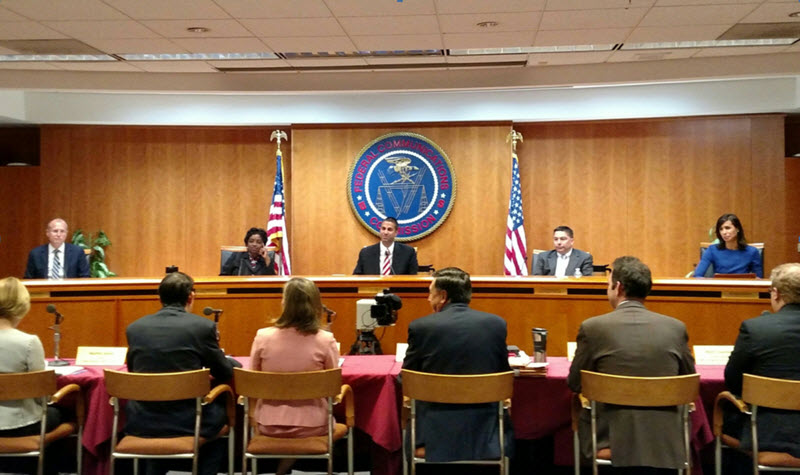The United States Federal Communications Commission has adopted new rules to let television broadcasters use the Next Generation broadcast television transmission standard, also called ATSC 3.0, on a voluntary, market-driven basis.
 FCC Adopts New ATSC Standard
FCC Adopts New ATSC Standard
The regulatory action, which was handed down on November 16, adopts rules that will allow broadcasters the flexibility to deploy ATSC 3.0 TV service while minimizing the impact on consumers and industry stakeholders. The upgraded technology supports hybrid broadcasting, which combines over-the-air broadcasting with the broadband viewing and information delivery methods of the Internet using the same 6 MHz channels presently allocated for digital television (DTV).
As part of the ruling, the Report & Order imposes several requirements on broadcasters that use Next Generation TV:
- Each station must partner with another local station in their market to simulcast their programming in the current ATSC 1.0 DTV standard, so that viewers can continue to receive their existing broadcast service without having to purchase new equipment;
- Next Gen TV signals must meet public interest obligations that currently apply to television broadcasters;
- for five years, the ATSC 1.0 signal must be “substantially similar” to the ATSC 3.0 signal; and
- advance on-air notifications must be broadcast to educate consumers about Next Generation TV service deployment and simulcasting.
The ruling comes after several field tests of the technology that were conducted in the Cleveland media market.
The Commission was not unanimous in its decision, however, with two Commissioners dissenting for various reasons. They expressed concern that stations will have the right to negotiate with cable and satellite companies for the simultaneous carriage of ATSC 1.0 and ATSC 3.0 signals, and this means uncertainty regarding cable subscription fees. They also noted that there is no program to defray the cost of the new devices, equipment, or television sets, unlike the converter box program of the previous transition. And they were also concerned that the five year sunset says nothing about the future beyond that.
Nonetheless, the ruling passed by 3-2 vote, and will have the force of law when it is shortly published in the Federal Register. We should expect to see some early prototype receivers at CES this coming January.
— agc

